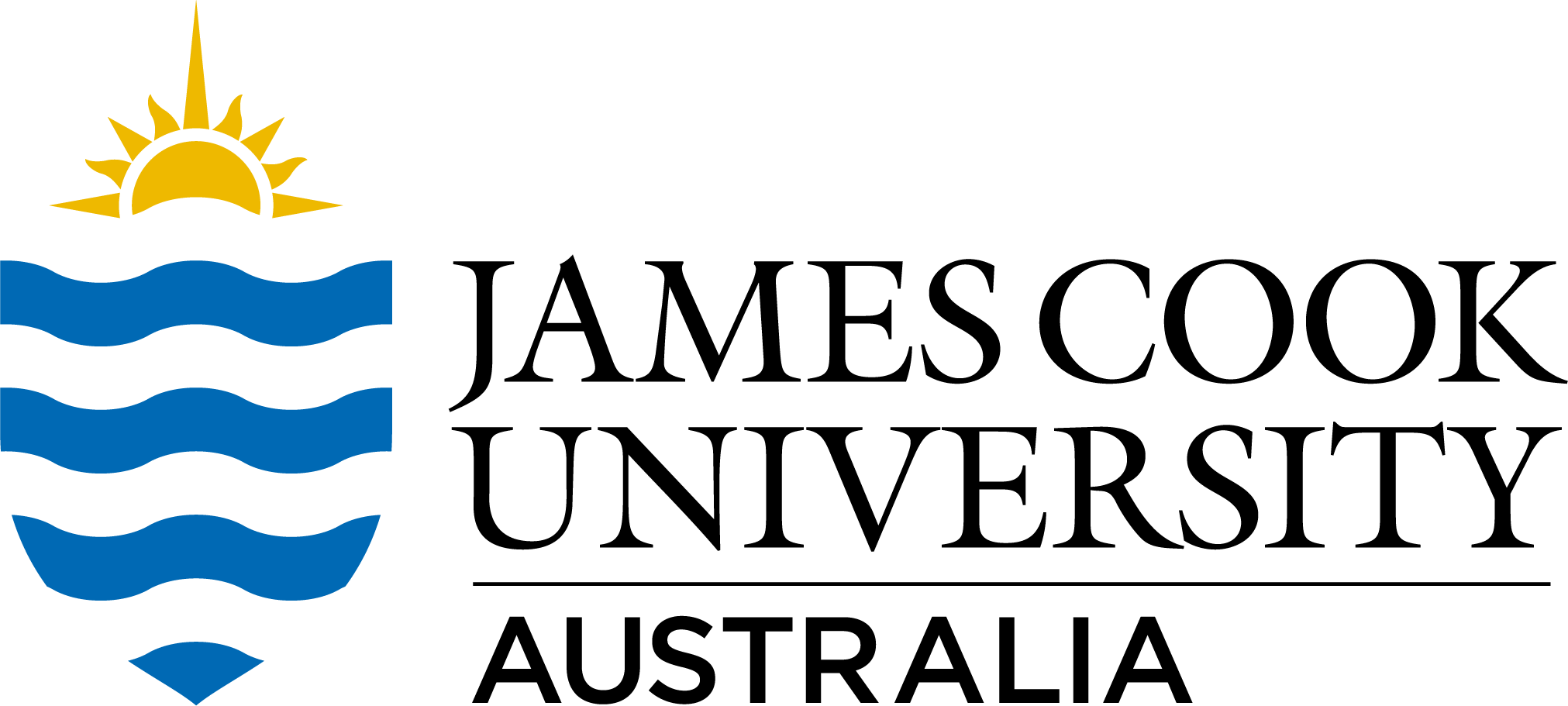Full description
Characterization of bacterial communities (16s rRNA sequencing) of different coral species from reefs across the Great Barrier Reef and the Coral Sea from the National Center for Biotechnology Information (NCBI) Short Read Archive (SRA) under project number PRJNA328211.
Abstract [Related Publication]: For ecosystems vulnerable to environmental change, understanding the spatiotemporal stability of functionally crucial symbioses is fundamental to determining the mechanisms by which these ecosystems may persist. The coral Pachyseris speciosa is a successful environmental generalist that succeeds in diverse reef habitats. The generalist nature of this coral suggests it may have the capacity to form functionally significant microbial partnerships to facilitate access to a range of nutritional sources within different habitats. Here, we propose that coral is a metaorganism hosting three functionally distinct microbial interactions: a ubiquitous core microbiome of very few symbiotic host-selected bacteria, a microbiome of spatially and/or regionally explicit core microbes filling functional niches (100,000 phylotypes). We find that this coral hosts upwards of 170,000 distinct phylotypes and provide evidence for the persistence of a select group of bacteria in corals across environmental habitats of the Great Barrier Reef and Coral Sea. We further show that a higher number of bacteria are consistently associated with corals on mesophotic reefs than on shallow reefs. An increase in microbial diversity with depth suggests reliance by this coral on bacteria for nutrient acquisition on reefs exposed to nutrient upwelling. Understanding the complex microbial communities of host organisms across broad biotic and abiotic environments as functionally distinct microbiomes can provide insight into those interactions that are ubiquitous niche symbioses and those that provide competitive advantage within the hosts’ environment.
Extract from Materials and Methods [Related Publication]: DNA extraction and sequencing. DNA was extracted from approximately 1.4 g (±0.2 g) of each coral fragment using a modified protocol from the MoBio PowerPlant proDNA isolation kit (catalog no. 13400-50; MoBio, Carlsbad, CA). As described by Sunagawa et al. (17), the modification of the MoBio protocol consisted of digesting samples in proteinase K (final concentration, ≈0.8 mg ml¯¹; Invitrogen) at 65°C for 30 min after homogenization. The purity and quantity of bacterial DNA were determined using a NanoDrop spectrophotometer (Thermo Scientific, Wilmington, DE) and PCRs. Samples were held at 20°C before PCR amplification. To determine the composition of the bacterial assemblage and the relative abundances of its members, bacterial 16S rRNA gene amplicons were amplified from genomic template primers 515/806 in a single-step, 30-cycle PCR (HotStarTaq plus master mix kit; Qiagen, United States). PCRs were conducted under the following conditions: 94°C for 3 min, followed by 28 cycles of 94°C for 30 s, 53°C for 40 s, and 72°C for 1 min, followed by a final elongation step at 72°C for 5 min. After the amplification, to check the success of amplification and the relative intensities of the bands, amplicon products were checked in 2% agarose gel, and based on molecular weight and DNA concentrations, amplicon products from different samples were pooled in equal proportions. Pooled samples were purified utilizing calibrated Ampure XP beads and sequenced using the Illumina TruSeq DNA library preparation protocol (MR DNA; Shallowater, TX).
Created: 2016-07-08
text: Great Barrier Reef, Queensland, Australia
text: Coral Sea Commonwealth Marine Reserve
User Contributed Tags
Login to tag this record with meaningful keywords to make it easier to discover
- Local : researchdata.jcu.edu.au//published/94fc50dab205996f41aa8658ad79d73e
- Local : 83d25dce1ac4abcc694852ad0d52b2a7


